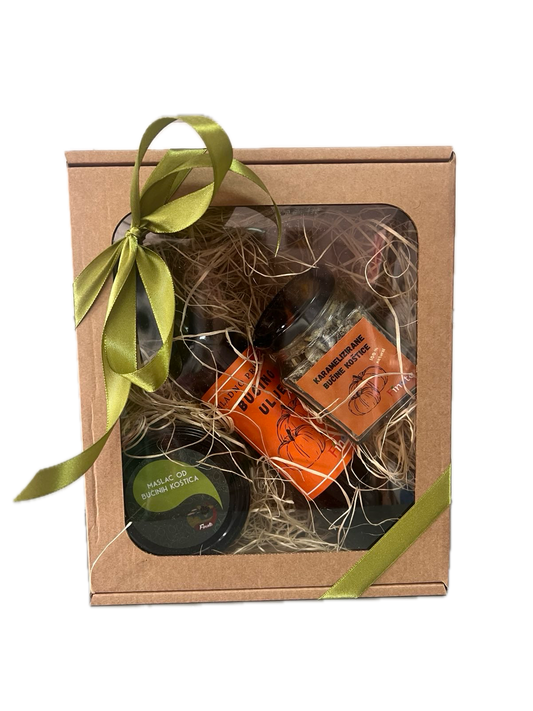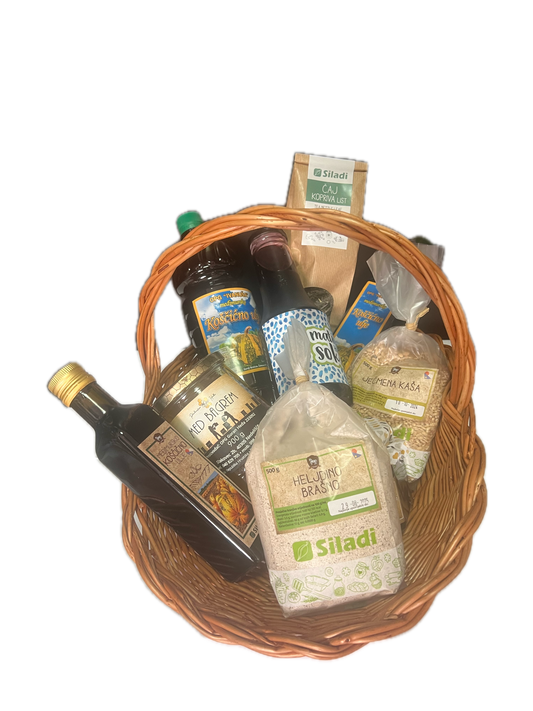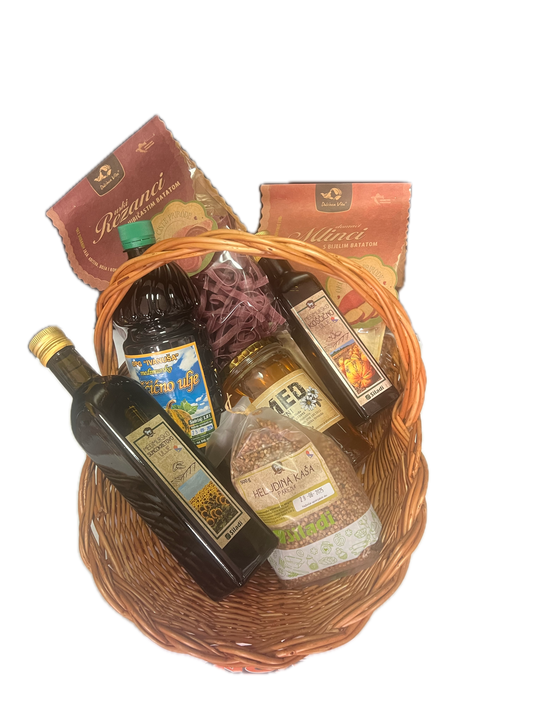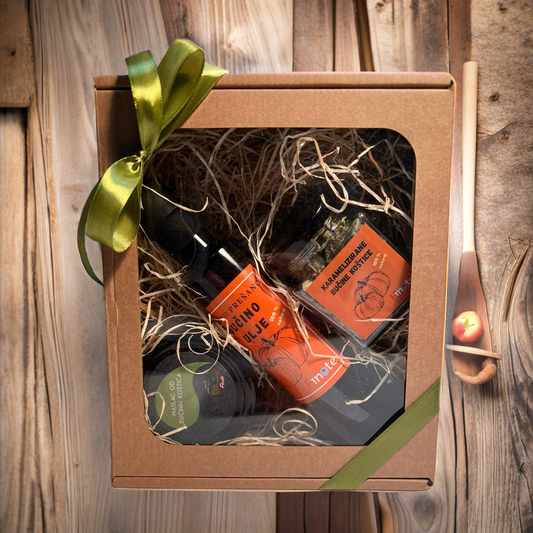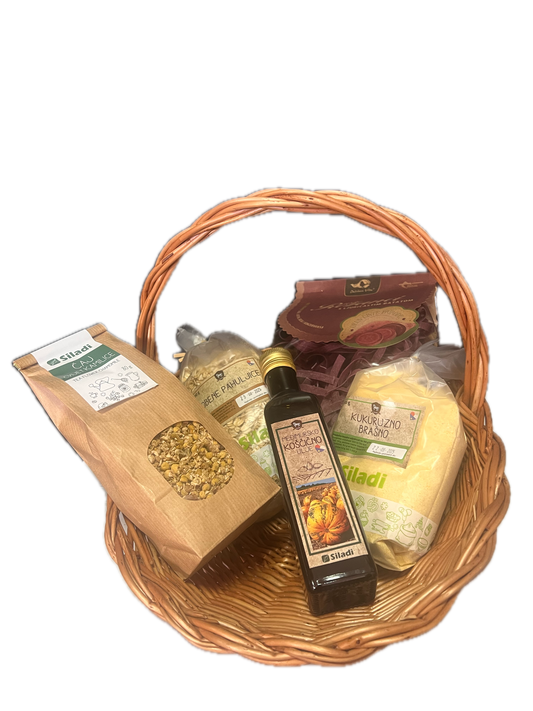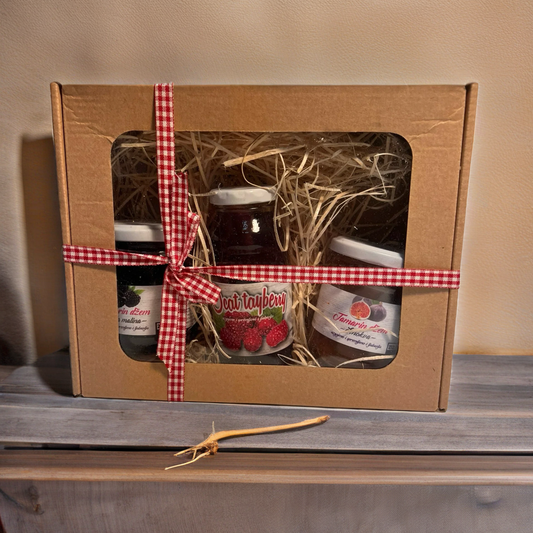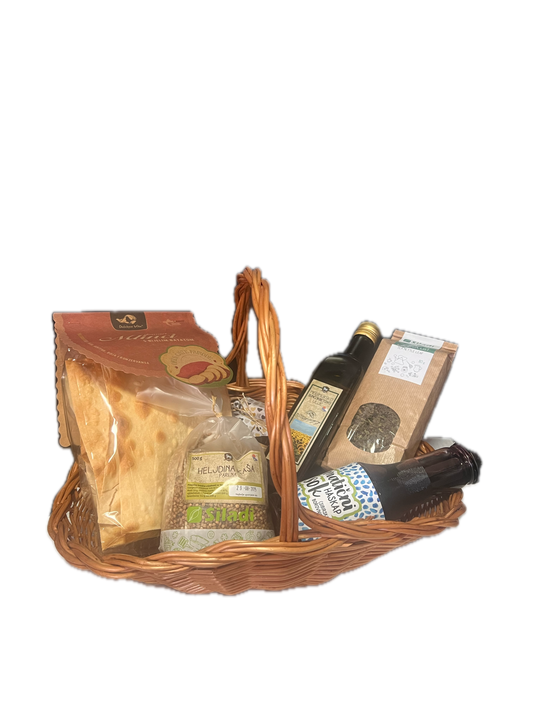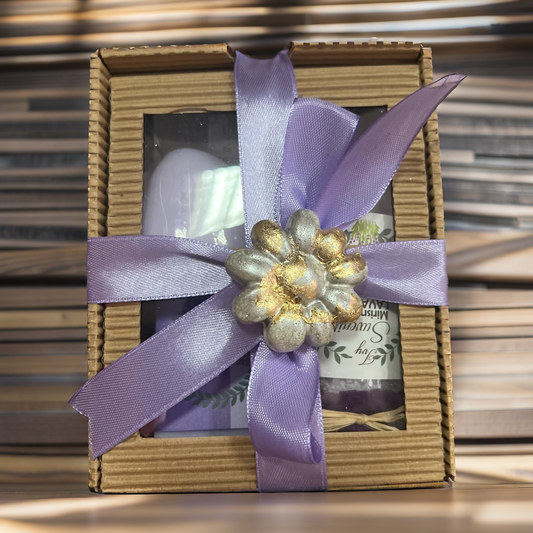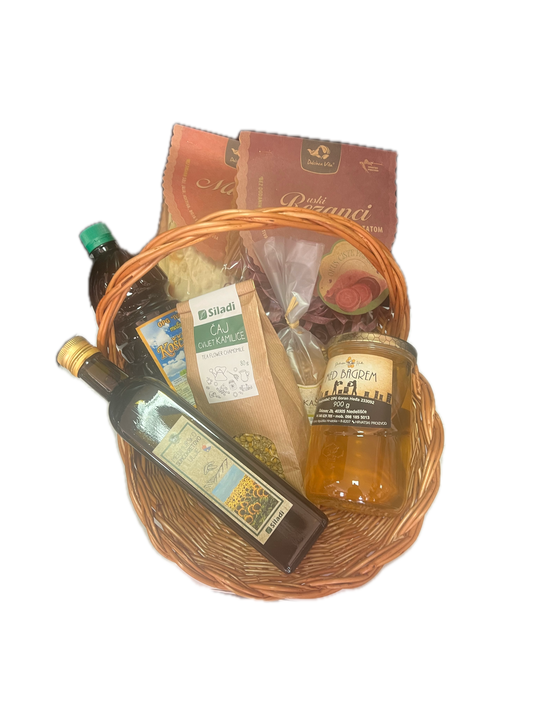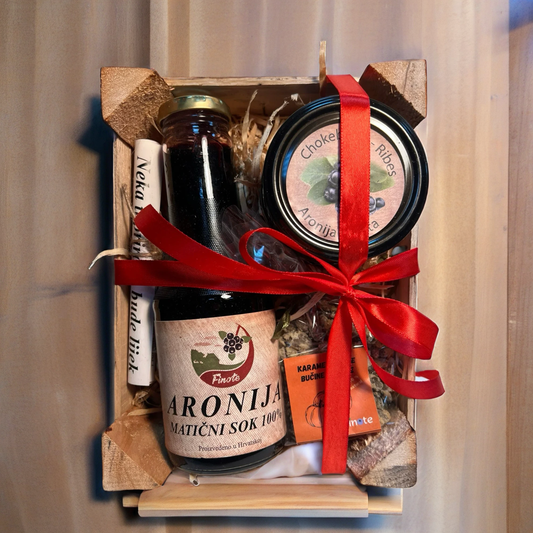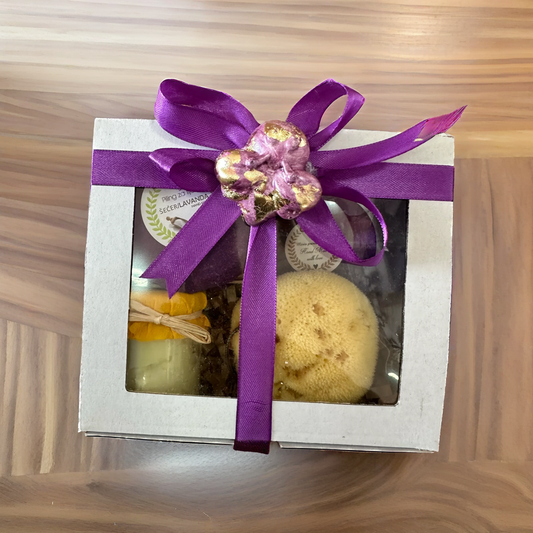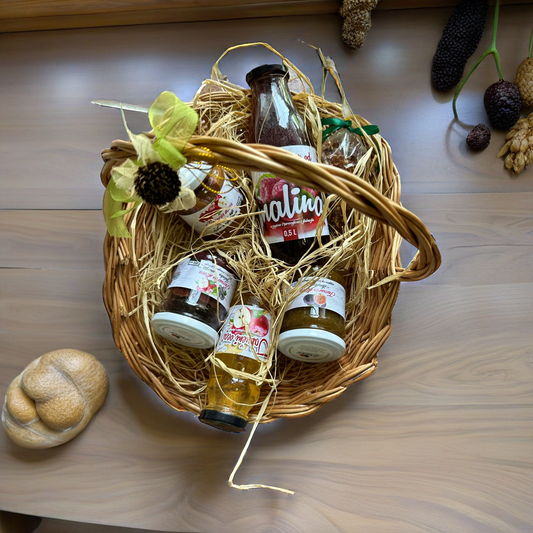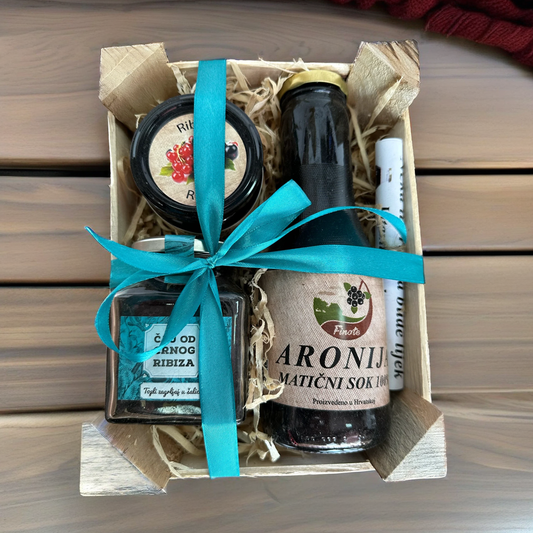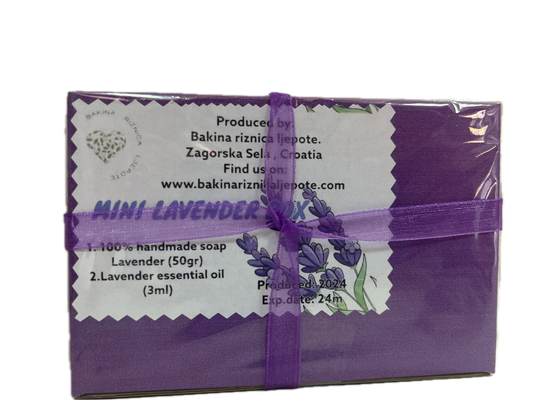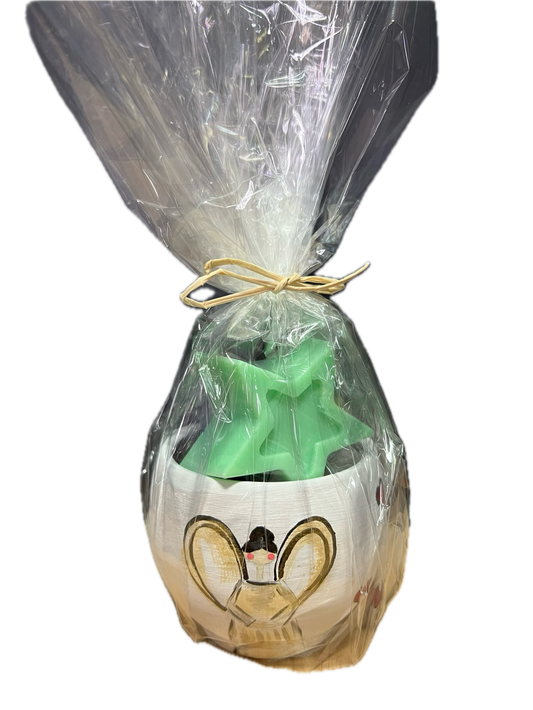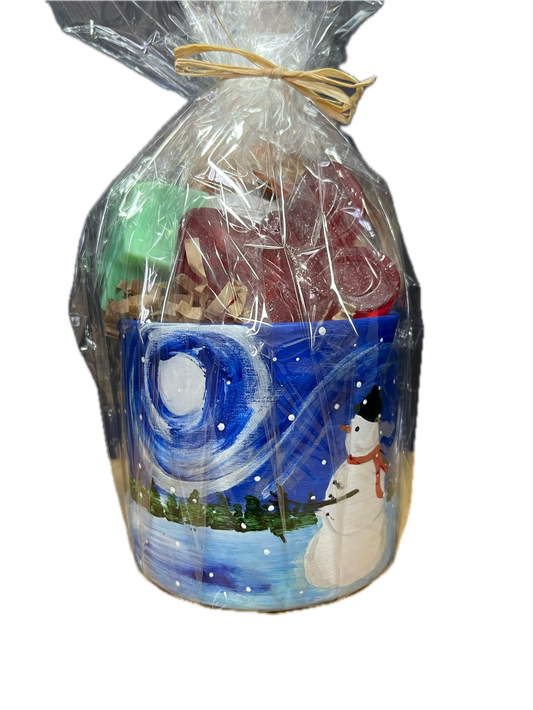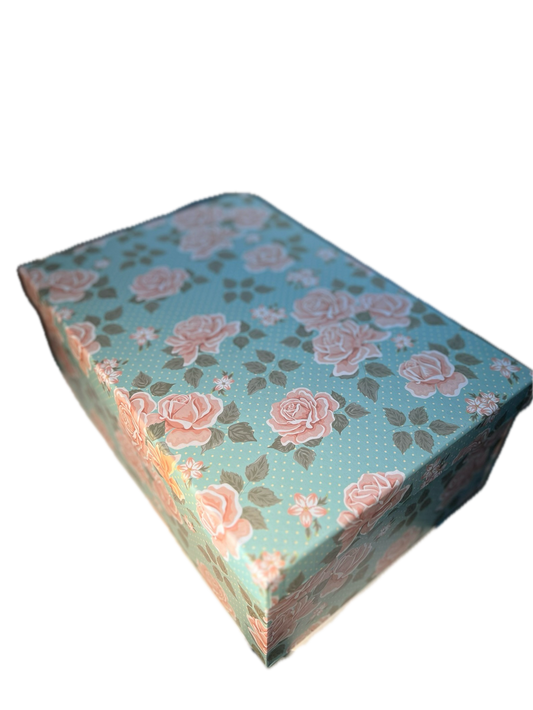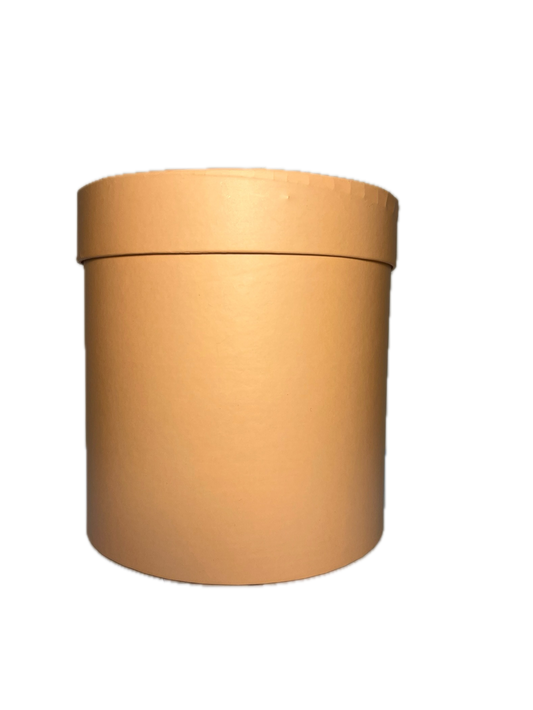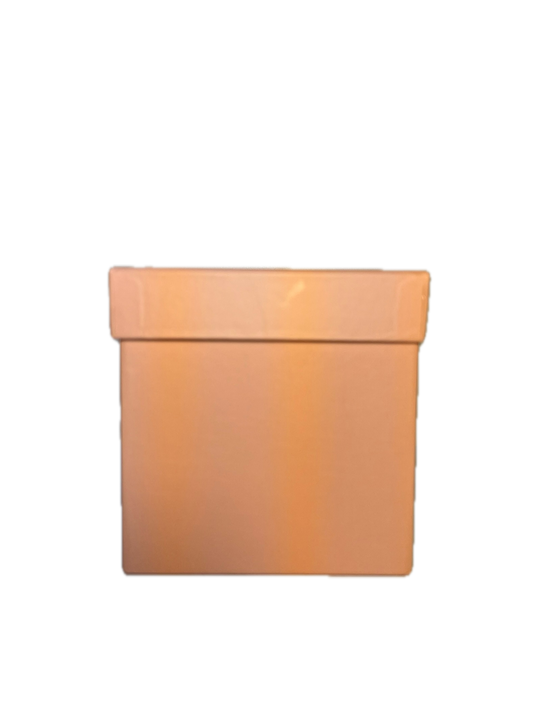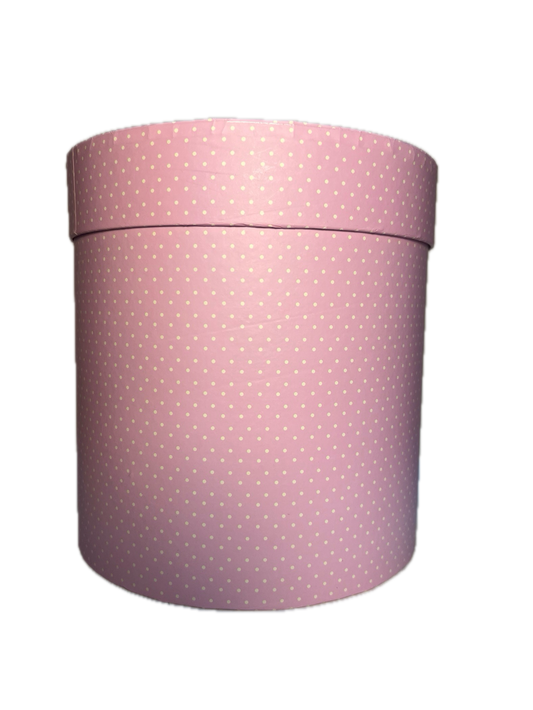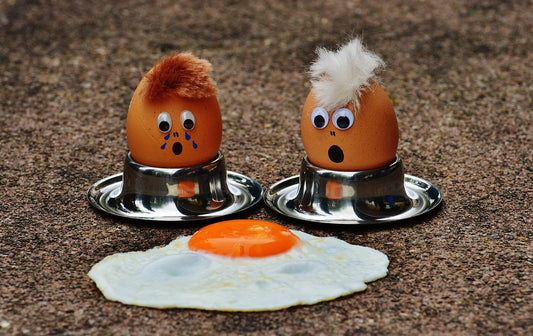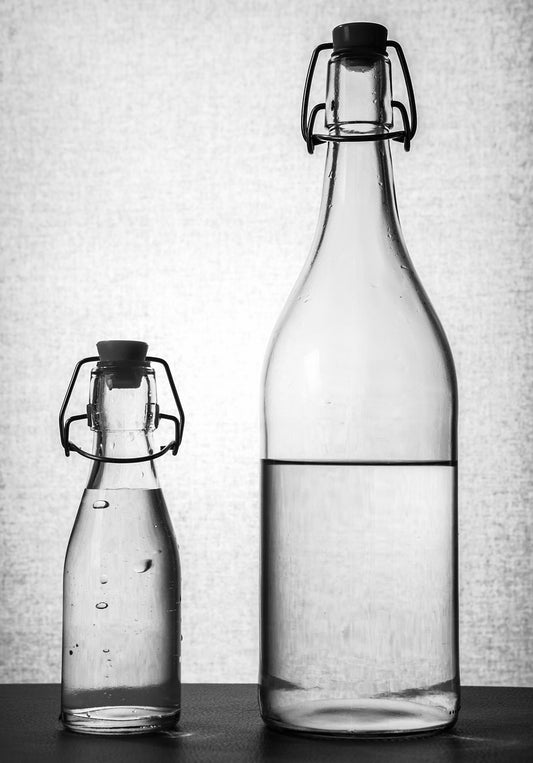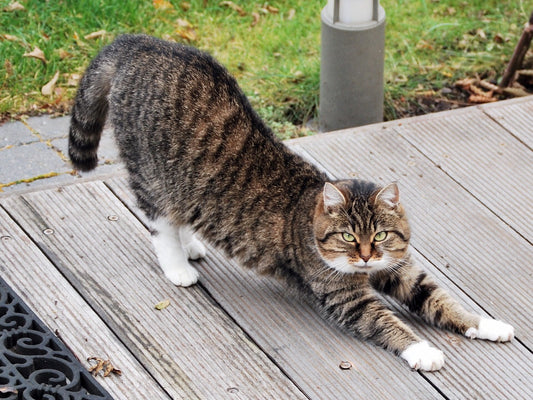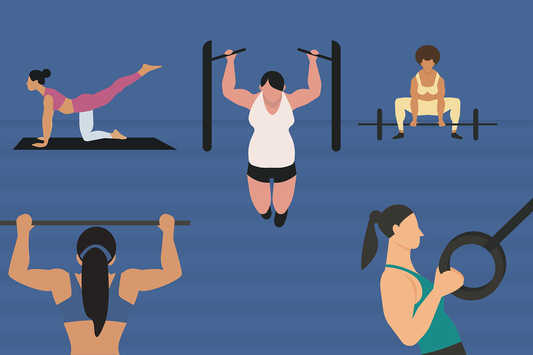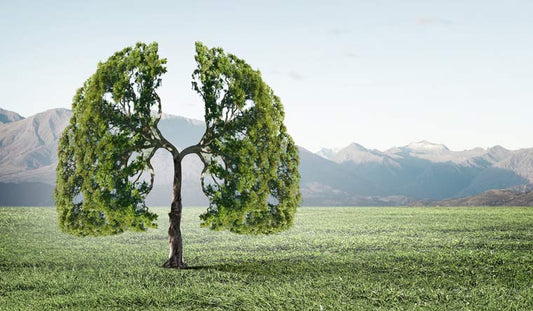
🌿 Discover the Wonders of Ashwagandha: History and Positive Effects on the Body
Međimurski cekerMeet Ashwagandha, an ancient Ayurvedic superfood that is delighting the world with its positive effects on the body. Learn more about this amazing plant that is often called an "adaptogen" for its ability to adapt the body to stress and promote overall health.
What positive effects does Ashwagandha have on the body?
Ashwagandha, scientifically known as Withania somnifera, is a real treasure of beneficial compounds. This adaptogenic herb has a powerful effect on reducing stress and improving general mental health.
Research has shown that regular consumption of Ashwagandha can reduce levels of cortisol, the stress hormone, resulting in a more relaxed nervous system.
In addition, this plant is known for its ability to stimulate the immune system, improve sleep quality, and reduce feelings of fatigue and exhaustion.
Here are some of the positive effects on the body attributed to aswagandha:
1. Adaptogen: Aswagandha is known as an adaptogen, which means that it helps the body adapt to stress and normalize the work of body functions.
2. Reducing stress and anxiety: Studies have shown that aswagandha can help reduce stress and anxiety levels.
3. Stimulating the immune system: Aswagandha may have immunomodulatory properties, supporting the strengthening of the immune system.
4. Improving mood: Some studies indicate that aswagandha can have a beneficial effect on improving mood and reducing symptoms of depression.
5. Antioxidant properties: Aswagandha acts as an antioxidant, helping to protect cells from damage caused by free radicals.
What is the history of Ashwagandha use?
Ashwagandha has a deep-rooted history of use in Ayurvedic medicine, originating in ancient India. This plant, also known as "evergreen bush" or "Indian ginseng", has been used for thousands of years to strengthen the immune system, increase energy and improve general health.
Ayurvedic practitioners regarded Ashwagandha as a means of increasing vitality and longevity and was often an integral part of various Ayurvedic formulations.
Where does Ashwagandha come from and how has it been used throughout history?
Ashwagandha is a plant that occurs naturally in arid areas of India, Central Asia and Africa. Its roots are used for medicinal purposes, and the whole plant has adaptogenic properties.
Historically, Ashwagandha has often been used in powder, tincture or oil form. Ayurvedic texts from ancient India described it as a means of increasing physical strength, vitality and energy.
It has traditionally been used to reduce anxiety and promote relaxation of the body.
What research has been done on Ashwagandha?
Scientists around the world have paid attention to Ashwagandha, conducting numerous studies to confirm its health benefits.
Studies have shown that Ashwagandha can have a positive effect on hormone balance, stimulating the growth of nerve cells and reducing inflammatory processes in the body.
These studies also highlighted its role in the fight against stress, depression and anxiety, confirming its status as a powerful adaptogen.
In conclusion, Ashwagandha appears to be a valuable herb that offers a wide range of health benefits. Its history of use in Ayurvedic medicine and contemporary scientific research clearly show that this plant has the potential to transform our approach to maintaining health and well-being.




















